Altar linens are an essential accessory for the celebration. In addition to a true and proper use connected to church supplies, they are valuable for the ornament of the altar and its consecration.
Altar linens are usually composed of a corporal (square cloth in linen or cotton, starched on which is placed the body of Christ), a pall (a drape of fabric, squared, adorned with fine embroidery, with which chalice and paten are covered, in order to protect them from dust, dirt and insects), a hand towel (or manuterge, is used by the priest to cleanse his hands during the consecration), a purificator (the cloth with which the priest thoroughly cleans the cup at the end of the celebration), a tablecloth for the altar and others.
Within the altar linens also fall: the amice (ie liturgical vestments made up of a white linen rectangle on which two tapes are sewn, that allow the priest to wear it and cover the neck), and the tabernacle veil (a large triangle cloth, placed behind the altar, hanging from a wooden stand or held by statues, also used to completely cover the altar between celebrations).
This is hardly used, whereas another similar is used over the tabernacle.
Altar linens must be of quality, since their devotional use. In the past, they were made of linen, cotton or hemp, enriched with beautiful embroideries. Even today, although altar linens are also available in polyester and other synthetic fabrics, it is important that they are made with care.
Altar linens can be finished with simple hem, partitions, embroidery and lace.
They are decorated with symbols that recall the liturgy, and that can change depending on the celebrations or festivities underway. Recurring themes include the cross, the golden symbol JHS, Marian symbols, the chalice, grapes, ears of wheat, the Eucharist and the dove.

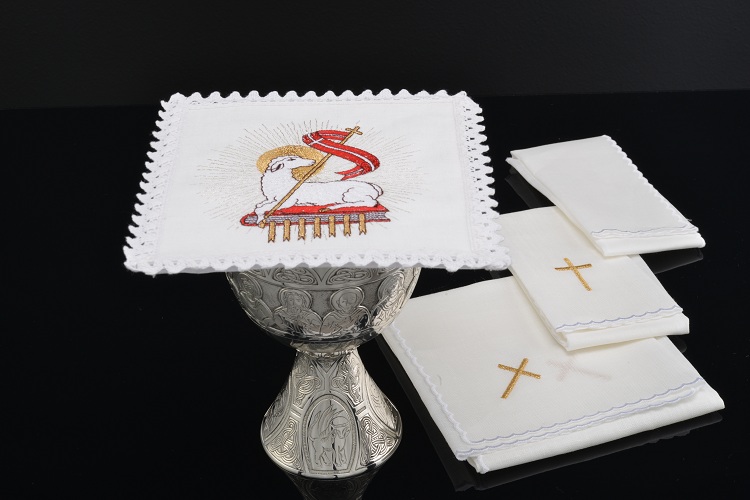
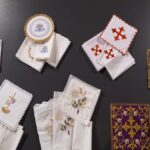



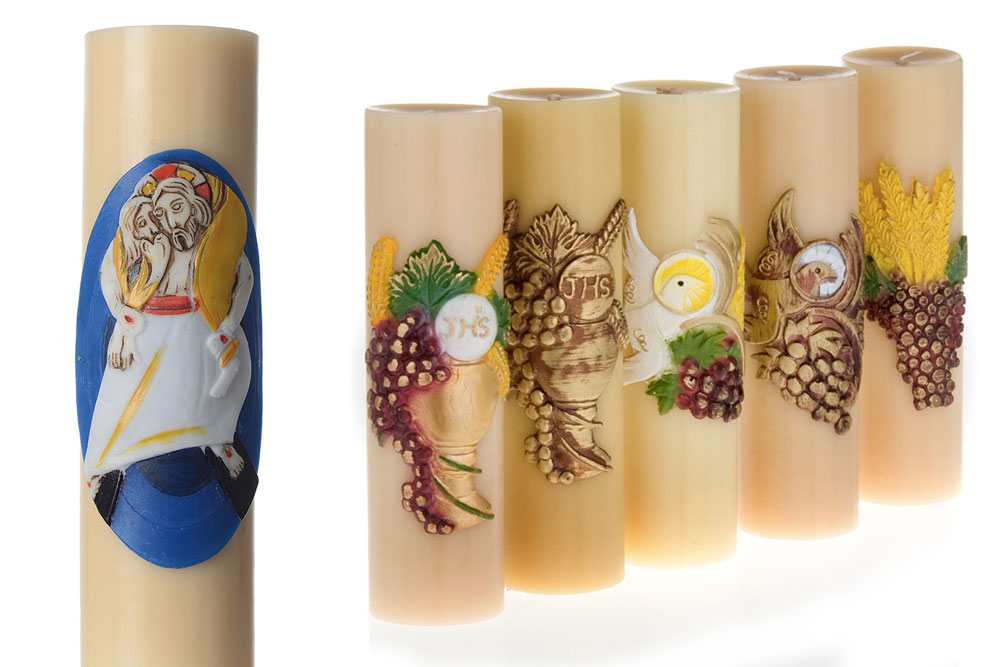
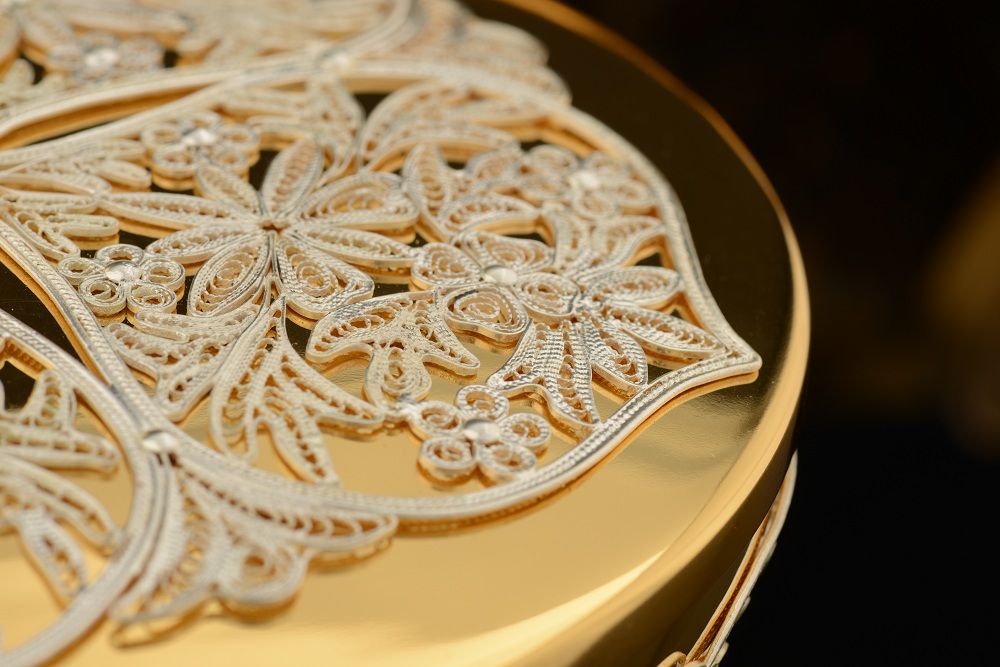
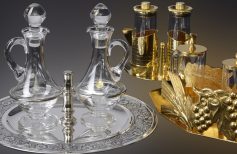
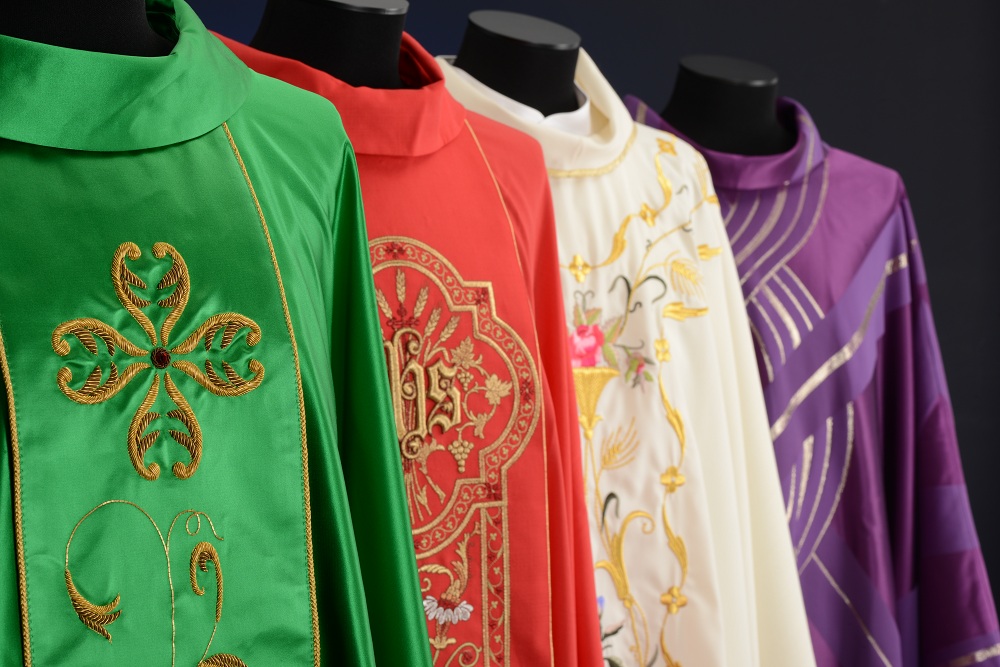
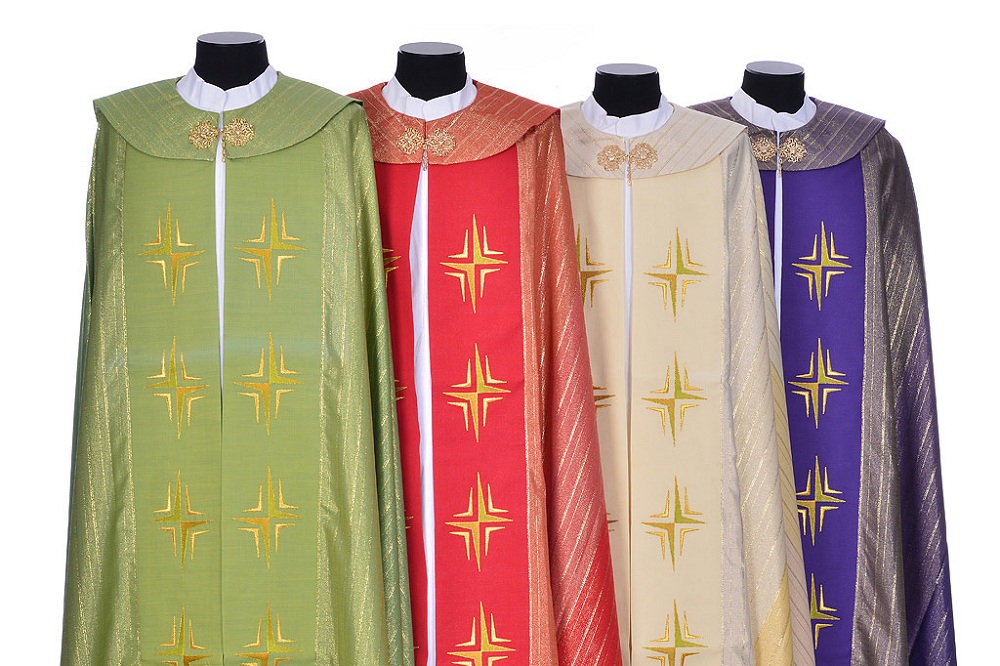








 19 March 2025
19 March 2025






